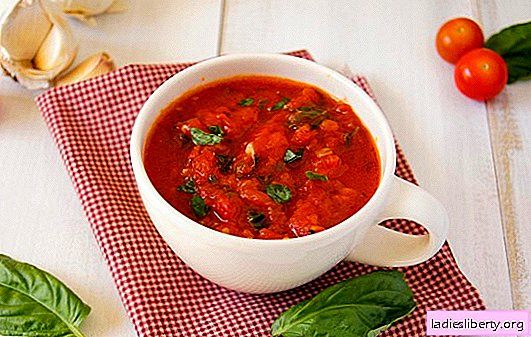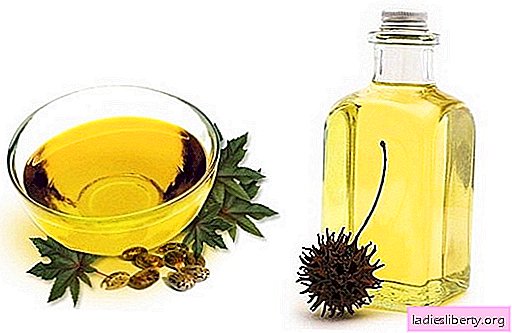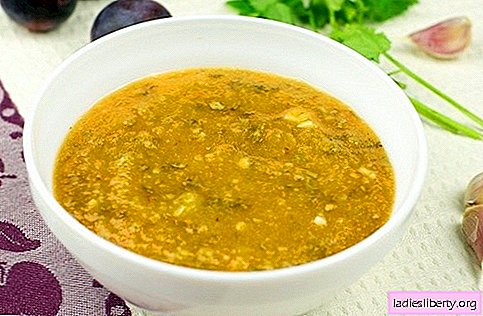
Today, many are moving to a healthy lifestyle, refusing fried foods. But sometimes you want to treat yourself to fried potatoes or homemade patties. And any banquet or feast will not do without fried dishes. Our special rating, based on the female opinions of housewives, will help you figure out which oil is best to fry.
Coconut oil
This oil is best suited for frying, because it consists of 92% saturated fatty acids, which is an indicator of its high resistance to heat. Within a few months, such a product will not go rancid and remain fresh. It can be stored at room temperature. In such conditions, its consistency will be semi-soft. The advantage of coconut oil is the presence of beneficial lauric fatty acid. It improves the cholesterol profile, has a beneficial effect on digestion and has a positive effect on pathogenic bacteria. Of all the oils, it is coconut that gives a feeling of satiety for a sufficiently long period of time. When choosing, it is worth giving preference to an organic cold-pressed product. Ideal for deep fat and baking.
Melted butter
Due to the high smoke temperature, ghee is much healthier than butter. It is very popular in the East, where it is called ghee. In India, it is the basis of most dishes, and oriental healers are confident that it has unique properties. This oil promotes cell regeneration and improves the functioning of the stomach and intestines. It improves memory and vision, speeds up metabolism and improves muscle flexibility. Its versatility lies in the fact that it suits absolutely everyone. During storage, ghee becomes only tastier, this is its main plus. But it should be stored in good sealed packaging. It is recommended for those housewives who like to cook dishes that require a long heat treatment.
Avocado oil
One of the leaders among frying oils is avocado oil, as it contains 70% monounsaturated fatty acids, while polyunsaturated only 10%, and they are not known to have excellent resistance to high temperatures. The remaining 20% are healthy plant-based saturated fats. By such an indicator as the temperature of smoke, avocado oil is the best product for all types of frying, including deep-fried cooking and over an open fire. This oil can be fried without fear that it will accidentally overheat, because relatively few harmful substances are formed in it. It is recommended for housewives who are not used to saving on their health.
Olive oil
Despite the rather high content of unsaturated fats, the smoke point of olive oil is quite high, so it is stable when oxidized when heated. This oil does not smoke, and the dishes are surprisingly tasty. This is ideal for cooking fish or meat. For frying, you should choose Extra Virgin unrefined olive oil with low acidity. Preference is given to cold pressing. However, it is worth remembering that you should not exceed the smoke temperature, as this can lead to the formation of toxic substances. In such an oil, it averages 210-215 degrees.
Mustard oil
Perfect for cooking fried and stewed dishes, as it does not foam and does not burn. The truth has an unusual taste and a pronounced smell, so many housewives prefer sunflower oil, which is mistakenly considered ideal for frying. At a smoke temperature of 250 degrees, mustard oil does not have a very high percentage of polyunsaturated fats. Two centuries ago in England he was served at the table of kings as a delicacy. Due to the presence of linoleic and linolenic acids in its composition, mustard oil is considered the most dietary vegetable fat. Its use is recommended in the presence of atherosclerosis and cardiovascular disease.
Rice oil
They make such oil from rice bran. Thanks to a smoke point of 250 degrees, it is great for frying in a pan and grilling. A sufficiently high content of polyunsaturated fats (37%) is compensated by 19% of saturated fats, which have better resistance to heat. Rice oil is a source of vitamins A, B, E and PP. It is rich in antioxidants such as tocopherol, squalene and tocotrienol. Thanks to stearic and palmitic acids contained in this oil, the level of cholesterol in the blood is normalized. It is recommended to actively use it for frying, since after it there is no stable burning.
Pork fat
A good option is lard. Our grandfathers and grandmothers roasted and stewed it, melted pork fat was added to the dough for pies, pies and various other muffins. When melted, the biological properties of pork fat and its digestibility by the body only improve. Its advantage is the presence of arachidonic acid, which is rarely found in food. By biological activity, pork fat is several times superior to butter.
Peanut butter
The smoke point of the oil is average, so it is not suitable for deep fat, but it is useful for cooking in a pan. The main rule is not to use maximum fire. Stewing vegetables or meat is the best option.
Nutritionists advise avoiding fried foods, but this does not mean that all dishes cooked in a pan should be excluded. It is necessary to rationally approach the choice of cooking oil. But, no matter what kind of vegetable oil the housewife buys, you should still carefully monitor that the oil does not burn in the pan, forming harmful carcinogens.











